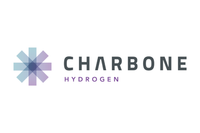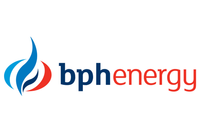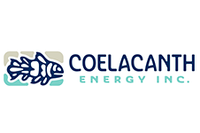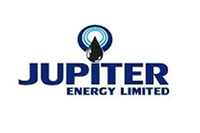A brief look at 3 oil exploration hotspots, all of which have already produced multi-billion barrel finds of recoverable crude in the last few years, and that may still hold much more.
By Robert Sullivan – Exclusive to Oil Investing News
Following WTI’s dramatic plunge late last week, the price of oil has dropped to under $100 a barrel for the first time in nearly 2 months. However, despite crude still at a $15 premium from where it stood a year ago, exploration remains active as companies look to capitalize on bullish prices. The number of rigs drilling for oil in the United States now stands at 934, a record high in the 24 years that rig counts have been recorded by Baker Hughes Inc. (NYSE:BHI).
Below is a brief look at 3 oil exploration hotpots in Brazil, West Africa, and the Gulf of Mexico, all of which have already produced multi-billion barrel finds of recoverable crude in the last few years, and that may still hold much more.
Brazil
The Lula oilfield (formerly Tupi) was discovered in 2007 off the coast of Rio de Janeiro in block BM-S-11. The oilfield represents one of the largest discoveries in the Western Hemisphere of the past 30 years and may prove to be just one of a number of massive new fields in the area. The Lula field, with 6.5 billion barrels of recoverable light, sweet crude oil, is located in the Santos Basin 300 kilometres off the Brazilian coast. The field was not found until recently due to the thick layer of salt that covers it and the entire Santos Basin. State-owned Brazilian oil giant Petrobras (NYSE:PBR) is the lead operator in the Santos Basin, and is currently working the Lula field as well as the nearby Cernambi field along with consortium partners BG Group (LON:BG) of Britain, and Galp Energia (ELI:GALP) of Portugal who own 25 and 15 percent stakes respectively.
It has been speculated that the network of fields in and around the Santos Basin could hold anywhere between 50 and 100 billion barrels of oil. But, how much of this oil can ultimately be recovered depends on further exploration and technological advances given the extreme depths and thick layer of salt. The government is planning on auctioning off exploration rights in the basin this year, but has stipulated that Petrobras must retain a 30 percent stake in all contracts.
West Africa
The recent discovery of oil off the coast of Ghana brings another player into the West African oil scene, long dominated by Nigeria and Angola. The Jubilee field, operated by Tullow Oil (LON:TLW) along with partners Anadarko Petroleum (NYSE:APC) and Kosmos Energy (filed to go public in 2011), contains close to 2 billion barrels of recoverable light, sweet crude oil. A further discovery off the coast of Sierra Leone and Liberia is also raising speculation that there may be a rich basin stretching over 1,000 kilometres down to the Jubilee field. The Venus field, operated by Anadarko and Tullow in partnership with Repsol YPF (PINK:REPYY) of Spain and Woodside Petroleum (PINK:WOPEY) of Australia, is one of a number of very recent finds within the large stretch of offshore waters that also includes Cote D’Ivoire.
Unlike Brazil, however, the biggest obstacle may not be the physical drilling of the oil itself, but rather the countries in whose offshore waters it is buried – the political situations in all but Ghana remain very delicate.
Gulf of Mexico
The Gulf of Mexico, like offshore West Africa, is no stranger to oil prospecting, but in the wake of last year’s Deepwater Horizon spill off the coast of Louisiana the future of oil exploration in the region has been cast into doubt. Shortly after the April 20 explosion, the US government imposed a moratorium on deepwater drilling in the Gulf, halting a number of projects looking to tap into the Lower Tertiary more than 300 kilometres off the Gulf coast, which some experts speculate could contain as much as 15 billion barrels of recoverable crude oil. The Lower Tertiary refers to a region of the Earth’s crust much deeper than depths to which traditional offshore wells in the Gulf are drilled, some 10 kilometres under the seafloor and over a kilometre beneath the water’s surface.
Though the moratorium was officially lifted in October of last year, many in the oil industry lament the de facto moratorium they believe remains in place. American oil powerhouse Chevron (NYSE:CVX) has been one of the leading players in the Lower Tertiary, but few new permits for offshore drilling have been issued by the US government since October. BP (LSE:BP), who before the explosion of their Deepwater Horizon rig had announced the discovery of the massive 3 billion barrel Tiber field, are in a different boat altogether, still seeking permission from the US government to resume activity in the Gulf.





